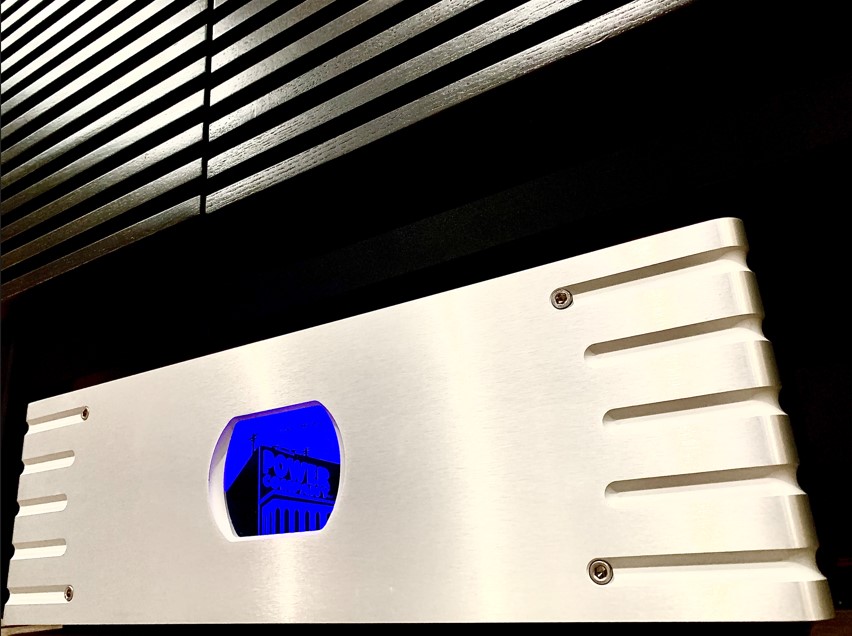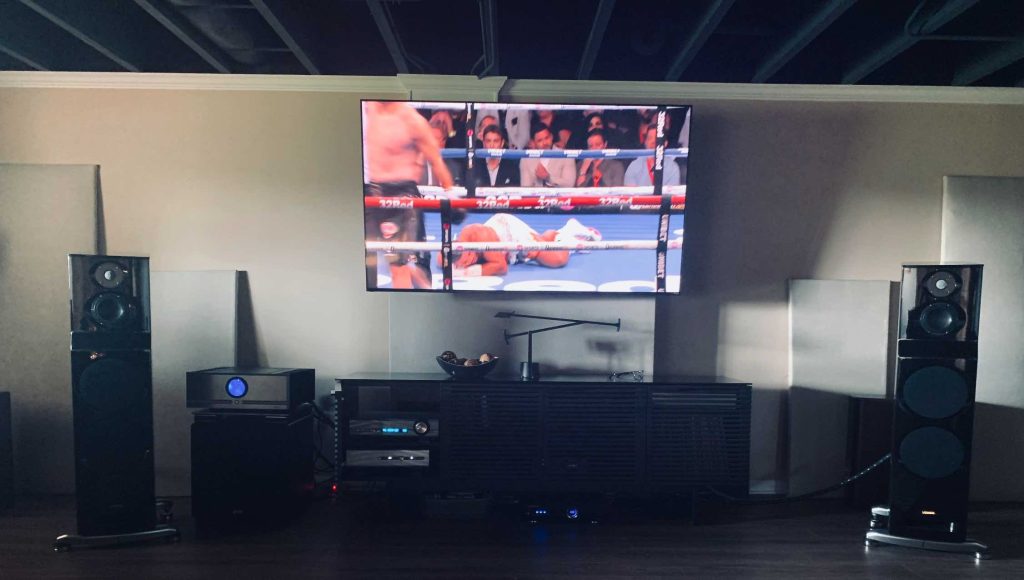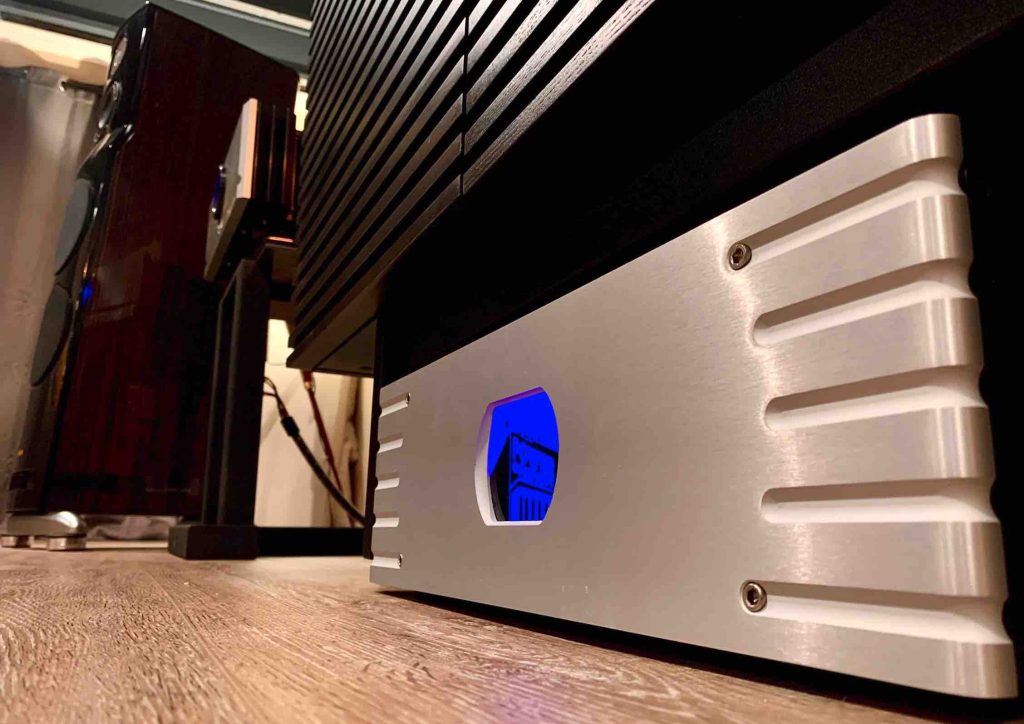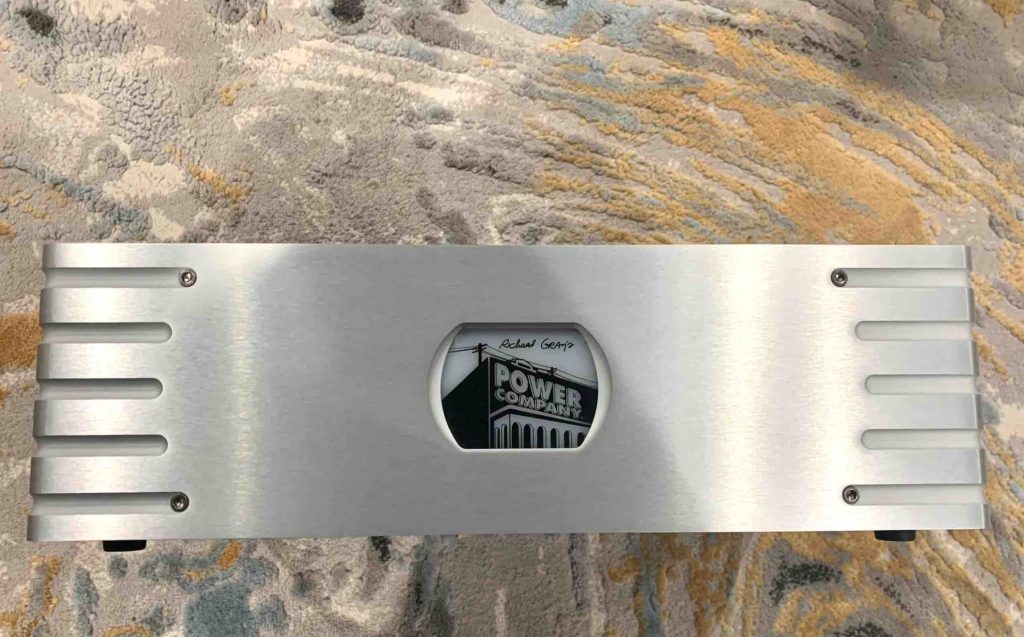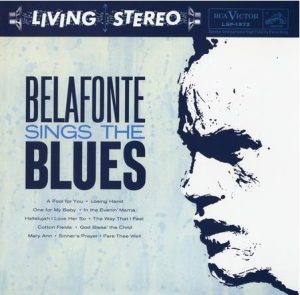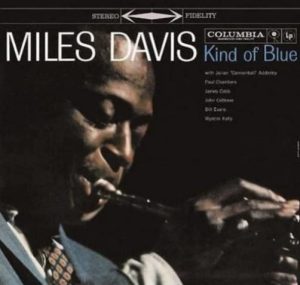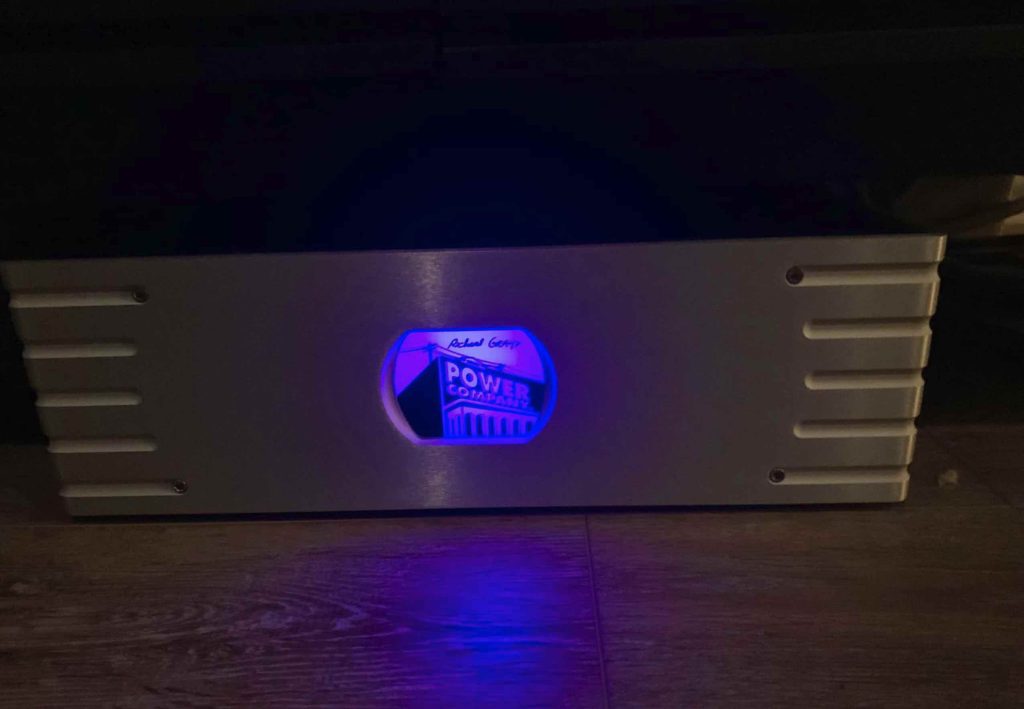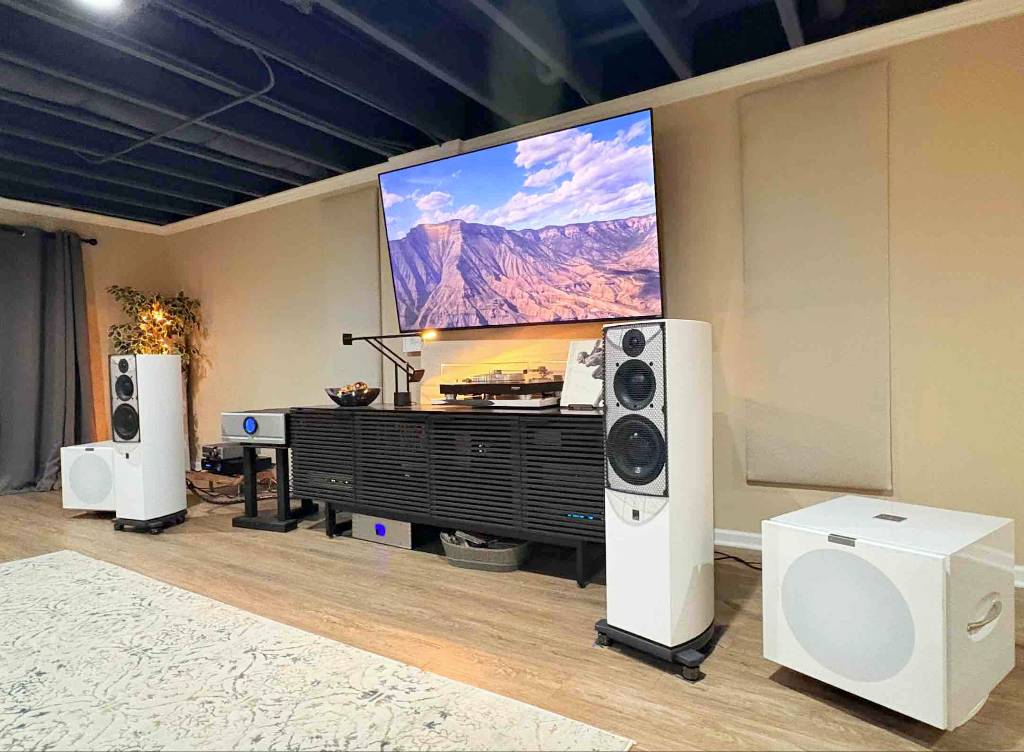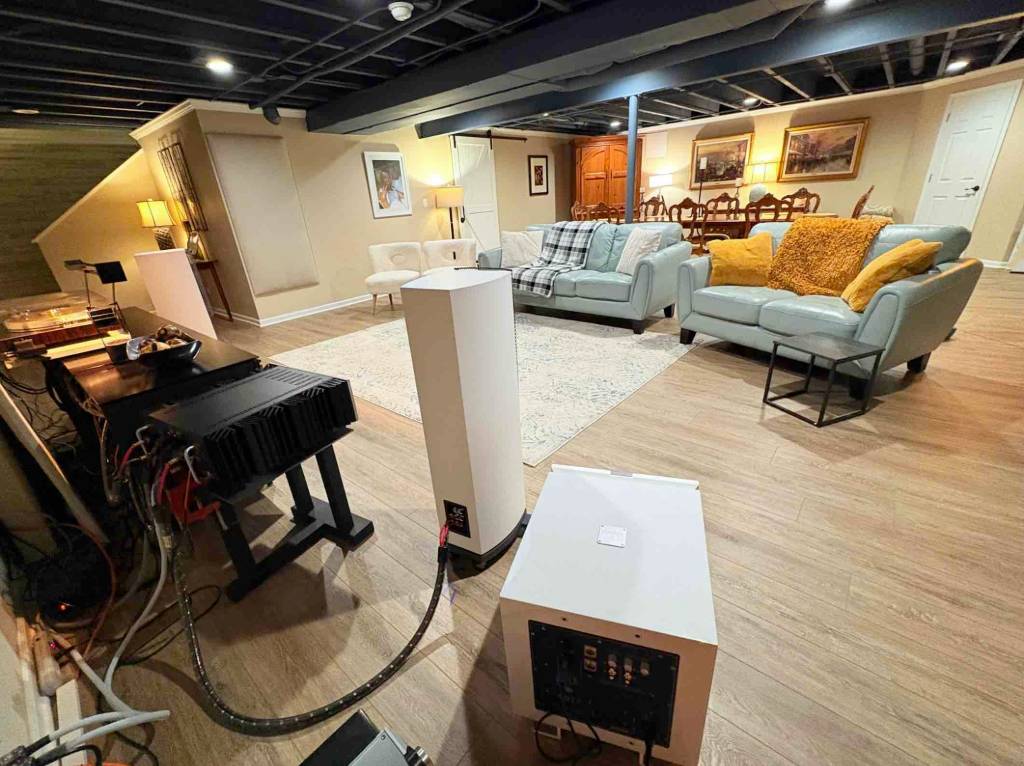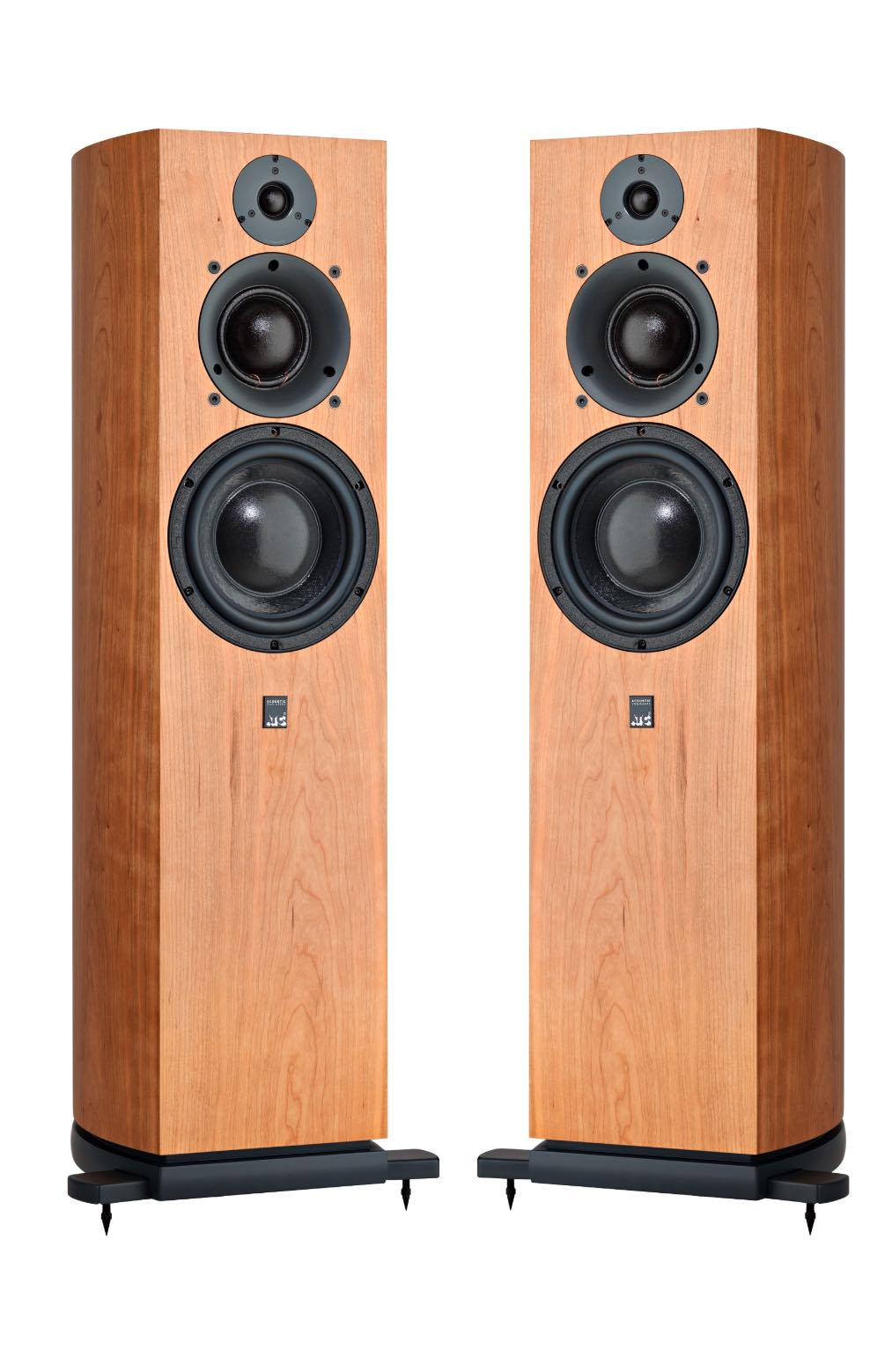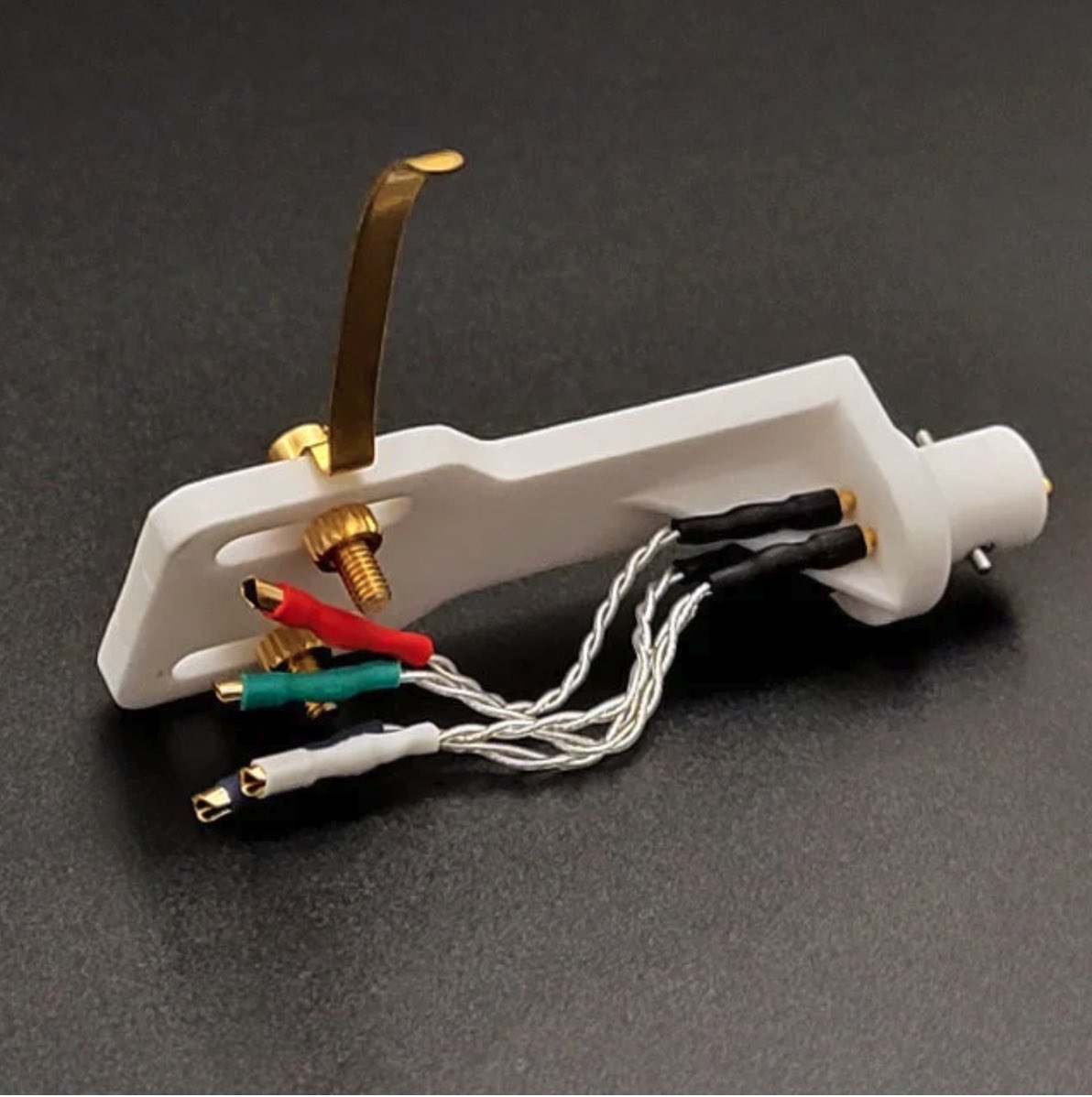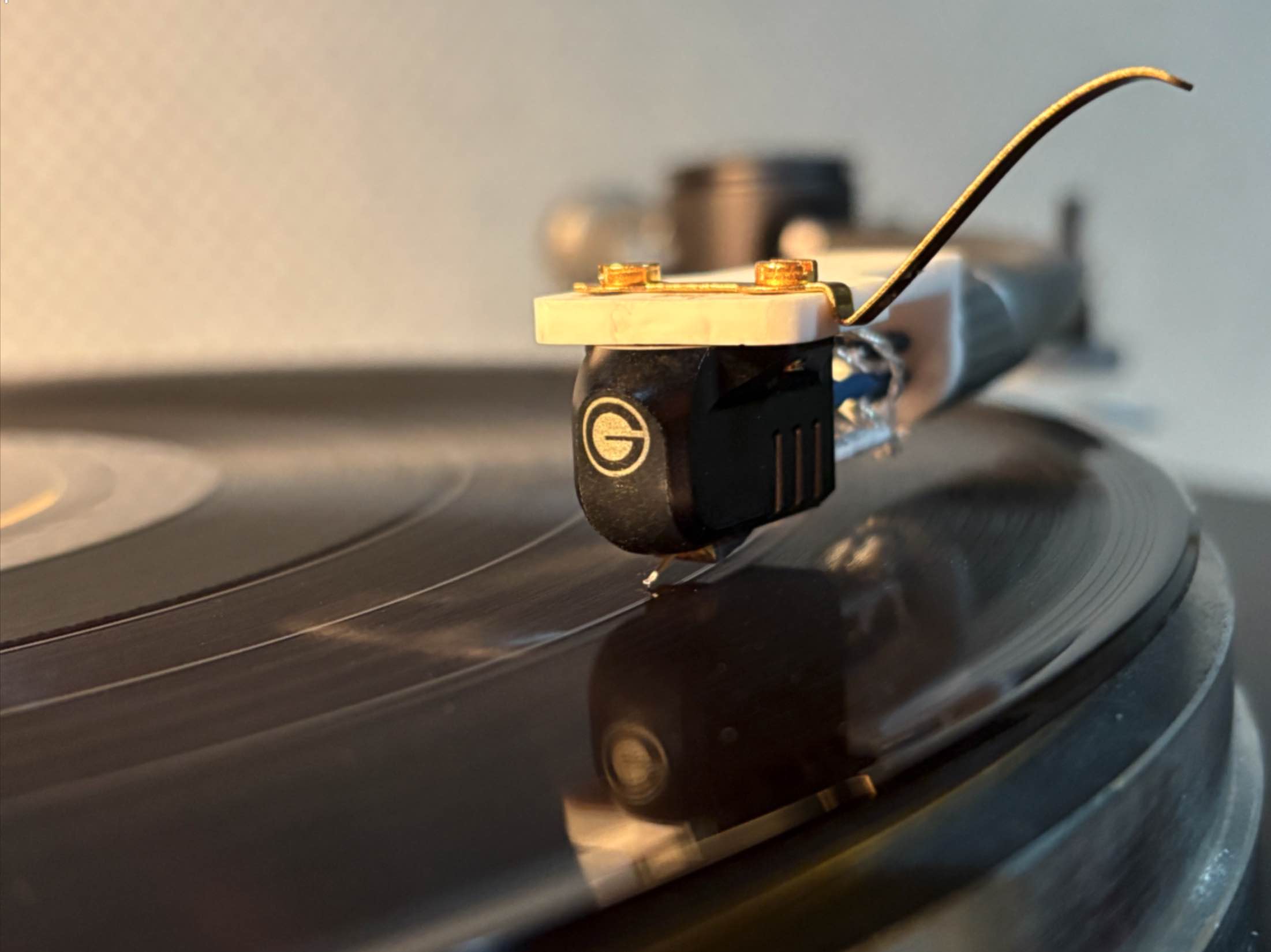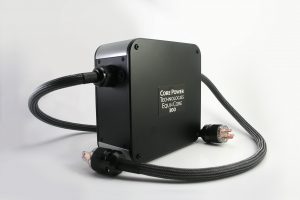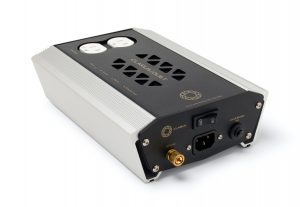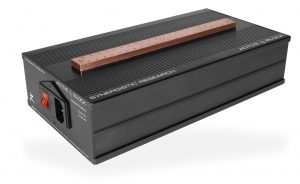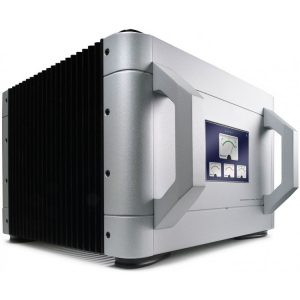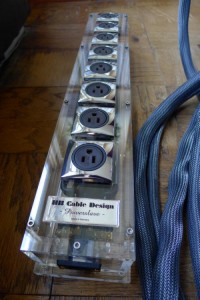We've all heard horror stories of stereos destroyed by electrical storms and events. Towards that end, many of us use surge protectors or power conditioners, and if you're like me, you take it a step further and when lightning is present, you unplug your system. Unfortunately, you can't always be there when a major surge or storm strikes, and making matters worse, power conditioners and surge protectors can denigrate our aural experience.
Several years ago while reviewing a company's products, its owner begged me not to plug my preamplifier, DAC, or amplifier into a power conditioner, but directly into the wall. He claimed that he had previously used a $4500 power conditioner, but found that it reduced his system's dynamics and resulted in a more sterile and lifeless presentation. So, he sold the conditioner and plugged his electronics directly into wall sockets.
Indeed, I found that his gear, in tandem with the preamplifier and amp, sounded richer and more nuanced plugged directly into A/C outlets rather than surge protection devices, however, with the abundance of electrical storms I have in Chicagoland, and thousands of dollars invested in equipment, I was uncomfortable sans protection, and settled instead on linking my more delicate electronics to a Panamax M-5300 power conditioner and plugging my more rugged Pass Labs X150 amplifier directly into the wall—and making sure to unplug it, per Nelson Pass' instructions, when thunderstorms approached.
Comfortably Numb
Recently, an audio aficionado visited and said my stereo sounded impressive, but suggested I wasn't getting the most out of my Usher Audio ML-802 loudspeakers—that something in the electronics chain was holding them back. Pondering his words, it occurred that my Panamax M-5300 power conditioner might be the weak link. I called Straight Wire, Inc.'s sales director, Jerry Willsie, an A/V expert whose opinion I greatly respect, and asked his thoughts. Immediately, he recommended the Richard Gray Power Company's products. It turns out, he uses one in his home system!
On Richard Gray's Power Company
Founded in 1998 by Dick McCarthy in New Orleans, Louisiana, Richard Gray's Power Company (RGPC) has offered high-quality power management products designed to enhance audio and video performance. Then in December 2012, Norridge, Illinois-based Transformer Manufacturers, Inc. (TMI) purchased RGPC, for which it had served as its sole supplier.
"As a manufacturing partner, we have been witness to, and a key part of, RGPC's success all these years," said Alex Gianaras, president of TMI. "We're constantly bringing new technologies to the market. RGPC will not only continue to thrive but will be even better than before."
The 64 year-old TMI company knows the business better than anyone outside RGPC, they assert. Founded in Chicago in 1949 when it served as a television transformer manufacturer in the early days of TV by Gianaras's father—who ran TMI for decades—it eventually became a maker of high-end transformers and power delivery systems for the purification of electrical power in various industries. Then after extensive research, RGPC founder McCarthy enlisted TMI to manufacture the transformer design pioneered by the company's namesake, audio technology inventor Richard Gray. In turn, TMI performed OEM work in manufacturing it for RGPC to sell.
"We were RGPC's vendor; they were our customer," Gianaras said. "But it was more than that. The partnership had its roots in trust, collaboration, and creativity. It benefited both companies greatly." When McCarthy announced his retirement after 15 years, TMI purchased the company, building on RGPC's foundation of outstanding products and services.
As a distributor, RGPC had established strong relationships with customers ranging from audio and home theater dealers to installers who used their products in high-end home and commercial applications while TMI, on the other hand, supplied high-end amplifier manufacturers worldwide, and worked with top-tier audio systems for decades.
Now their focus is "whole house" surge protection and more localized solutions. Renowned for its patented parallel technology, the company specializes in creating power delivery systems that effectively reduce noise and enhance the overall clarity of audiovisual systems. RGPC continues to maintain a reputation for providing audio professionals, and audio and home theater enthusiasts with clean and optimized power.
Alex Gianaras outside his home
Following Jerry's advice, I reach out to the Richard Gray's Power Company owner, Alex Gianaras, and shortly thereafter, I meet him at his North Shore home to save him shipping and drive the RGPC 1200 Custom power conditioner, with its large inductor, home to my listening space.
Driving through the suburbs, anticipation builds as I mull over some of their claims.
"RGPC's large, patented inductors or 'chokes' are wired in parallel to the AC line," their literature reads. "That means electricity does not flow through them but rather has a direct path from the wall outlet to your components. Thereby, the current needed for your system to operate at its peak is not limited by RGPC."
Elaborating further, their copy reads, "Our magnetic reservoirs store high current 60 times a minute. When the power demand exceeds the supply, the current is instantaneously released back onto the load. Our High-Current-On Demand feature maximizes the performance of your equipment by allowing them to operate more efficiently like the laboratory conditions where they were designed."
"Theoretically, the current in an inductive circuit lags behind the voltage...(and) the lag will always be a little less due to the small amount of resistance in the coil," founder Richard Gray explained. "It is the lag that allows it to perform as a reservoir of current available to the circuit during the period when the A/C is dropping. Simply put, this effect is very much like that of a flywheel used in mechanical equipment. It extends the charge time during which the power supply in an electronic component can replenish its stored energy."
The RGPC 1200 Arrives!
The RGPC 1200 Custom isn't particularly small or light; at 17" W x 6.2" H x 11" D, it weighs 55 pounds! Up front, it features a retro art deco faceplate with a reversible blue or orange lit window bearing their logo, and round back, it has a bank of twelve high-quality A/C outlets, an IEC input, a re-settable circuit breaker switch, and a selector switch for the amber or blue illuminated front.
It comes equipped with a standard 20 amp power cord, but also offers, as an add-on option, their robust High Tension Wire 2.0, a nine-gauge stranded Oxygen Free Copper cable, with three sections at 14 gauge per polarity sourced from Straight Wire, Inc.—and high-quality Furutech connectors that are optimized for high-fidelity performance.
A Pleasant Surprise
Plugging the RGPC 1200 in place of the Panamax M5300 power conditioner I'd previously been using, the differences were subtle but there. It conjured the introduction of Jupiter Copper Foil capacitors into my former Lampizator Lite 7 DAC years ago, sweetening the presentation. When running traditional surge protection and conditioning products, you can limit available current, resulting in less dynamics, but with parallel power stored in a magnetic reservoir, that's not an issue, as it doesn't inhibit the power supply as serial filtering does.
For example, played on vinyl via the Micro Seiki BL-91 turntable, Jack Johnson's attack and decay on plucked acoustic guitar strings were a touch more clearly defined, articulated, and natural sounding in "Taylor." In contrast, with the Panamax M5300, they sound a smidgen duller (Jack Johnson, On and On. Vinyl. Universal Records, May 6, 2003).
The RGPC spotlights the power and emotion of Harry Belafonte's rich and smooth baritone belting out "In the Evenin'" (Harry Belafonte, Belafonte Sings the Blues. Vinyl. RCA, 1958). Resonating in the space and accompanied by spare piano, snare, and acoustic bass, the details and delivery are slightly truer to life than with the Panamax M5300.
The rhythm section of Bill Evans' piano, Paul Chambers' upright acoustic bass plucks, and Jimmy Cobbs' ride cymbal shimmers with life and sets the stage for what's to come. Miles Davis' understated trumpet takes over, front and center, in "So What." With Cobbs keeping time on the left channel, and Evans on the right, it's very organic and lifelike (Miles Davis, Kind of Blue. Vinyl. Columbia Records, August 17, 1959). John Coltrane's saxophone solos next on the right, then Cannonball Adderley takes over on the left. With the Panamax, it sounds very good, but the imaging seems a touch tarnished by comparison—most notably on Miles' trumpet solo. Like brass burnished with buffing compound, the RGPC 1200 adds a little polish, luster, and life to the listening session.
Performance, Safety, and Peace of Mind
Pounding whitecaps in a speedboat at full throttle can be thrilling, but also unnerving; there's this gnawing sense that something could go very wrong at any moment—especially when bounced high above your seat from jarring waves. Similarly, during unpredictable stormy seasons, listening to your high-fidelity system without the proper protection can be fun, but a touch scary. It's all very good, but in the end, there's something to be said about not only maximizing audio euphoria but also keeping your equipment safe.
The Richard Gray's Power Company RGPC 1200 Custom does that very well for me and, therefore, I give it a hearty thumbs up.
RGPC 1200 Custom
Retail: $3000
Richard Gray's Power Company
www.richardgrayspowercompany.com




